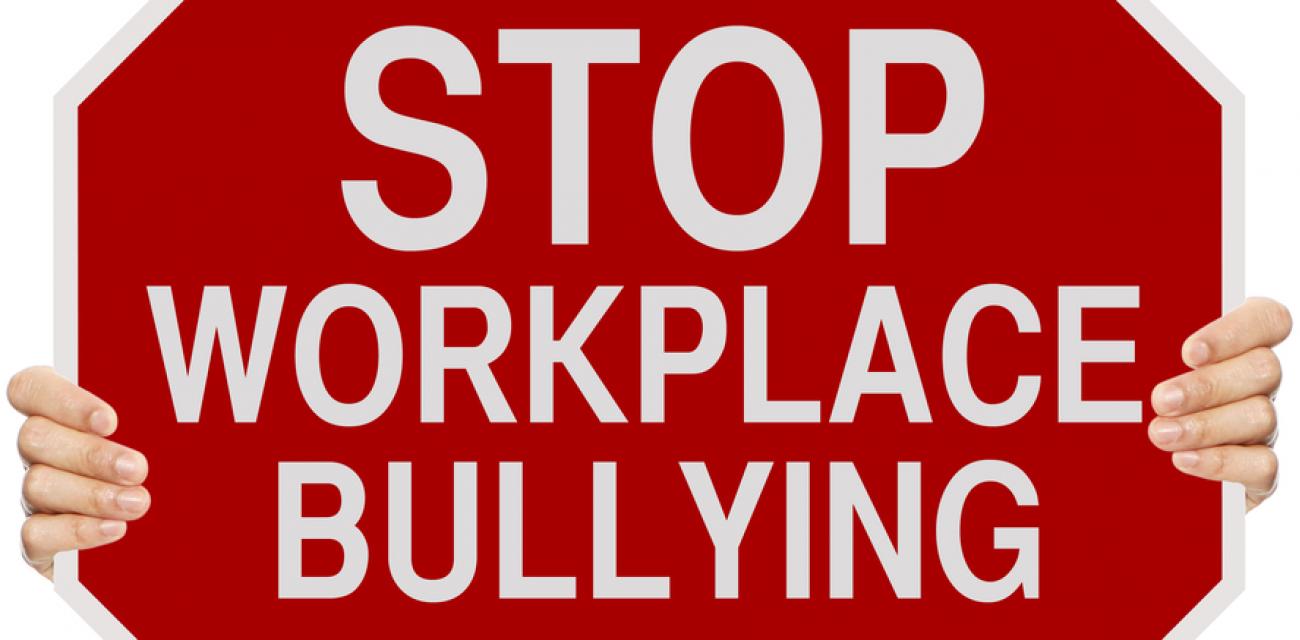by Sal Pulice, LUT Vice President, High Schools
Workplace bullying is a major cause for concern throughout our country.
According to NYSUT’s website, “Workplace bullying is pervasive in America. It has devastating effects on worker well-being, stealing self-esteem, confidence and quality of life.” “It’s prevalent in school settings, with school employees reporting they are targets of bullies at almost three times the national average”
As members of the teaching community, we are expected to model good behavior and we are trained to be on alert and identify and report bullying against students. But what about if we are bullied ourselves?
If you regularly feel intimidated or dread being around a co-worker or administrator who constantly yells or puts you down, degrades you, excludes you or indirectly threatens you, you are a victim of workplace bullying.
Former LUT President, Martha Martin, would often say, “Fear of retaliation for bringing forth an issue is an issue in itself.” No one should confront bullies alone or fear retaliation for reporting their actions. Anytime you feel uncomfortable, you should let it be known. Seek out the assistance of one of your building representatives. Keep a journal documenting all interactions with the bully.
I encourage all of our members to take a look at NYSUT’s Workplace Bullying Toolkit
The toolkit goes into detail about what union members can do in the face of bullying.
What constitutes bullying:
- Bullying and harassment is repeated and persistent conduct that a reasonable person would find hostile, intimidating, humiliating or abusive, including conduct through e-mails and other electronic communication.
Examples of bullying and harassing conduct include but are not limited to:
- Repeated infliction of verbal abuse, such as the use of derogatory remarks, insults and epithets;
- Consistent humiliating, ignoring or interrupting an employee in front of co-workers;
- Being held to a different standard than the rest of an employee’s work group;
- Excessive monitoring or micro-managing;
- Sabotage of a co-worker’s work product or undermining of an employee’s work performance;
- Setting an individual up to fail (work-overload, unrealistic deadlines, meaningless tasks);
- Physical or social isolation;
- Exclusion from requisite training;
- Unreasonable interference with an employee’s ability to do his or her work (i.e., Moving or Stalking;
- Conduct that a reasonable person would find hostile, offensive, and unrelated to the employer’s legitimate business interests.
It is fair to note that non-abusive rights of management to assign tasks and otherwise reasonably direct and discipline employees, or manage the place of employment does not constitute bullying or harassment. However, any time the actions of management crosses over the line into any of the examples described above, it constitutes workplace bullying.
The NYSUT bullying toolkit explains that, “Some organizational effects of workplace bullying may be self-obvious, like increased staff turnover and absenteeism and loss of job satisfaction, productivity and creativity..” “For workers, the consequences of workplace bullying can be devastating. Some studies have shown that bullied workers exhibit symptoms similar to those of soldiers returning from combat. Too often bullied workers end up leaving their jobs involuntarily because the situation is so demoralizing and stressful.”
If not addressed soon, bullied workers can experience serious health consequences such as:
- Post-traumatic stress disorder
- Reduced self-esteem
- Musculoskeletal problems
- Sleep disturbance
- Depression
- Digestive problems
- Phobias
- Anxiety disorder
NYSUT bullying toolkit also points out that those who see bullying go on can also be impacted by this behavior. Witnesses can suffer emotional distress, look to leave their place of employment and/or feel threatened themselves.
The bottom line is that all employees deserve a workplace free of bullying and harassment and all employees have the responsibility to treat each other with respect. If you see someone being bullied or feel bullied yourself, please do not hesitate to reach out to one of your building representatives for assistance in resolving the matter.
 2017 NYSUT Communications Award - Best Website
2017 NYSUT Communications Award - Best Website
